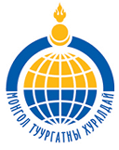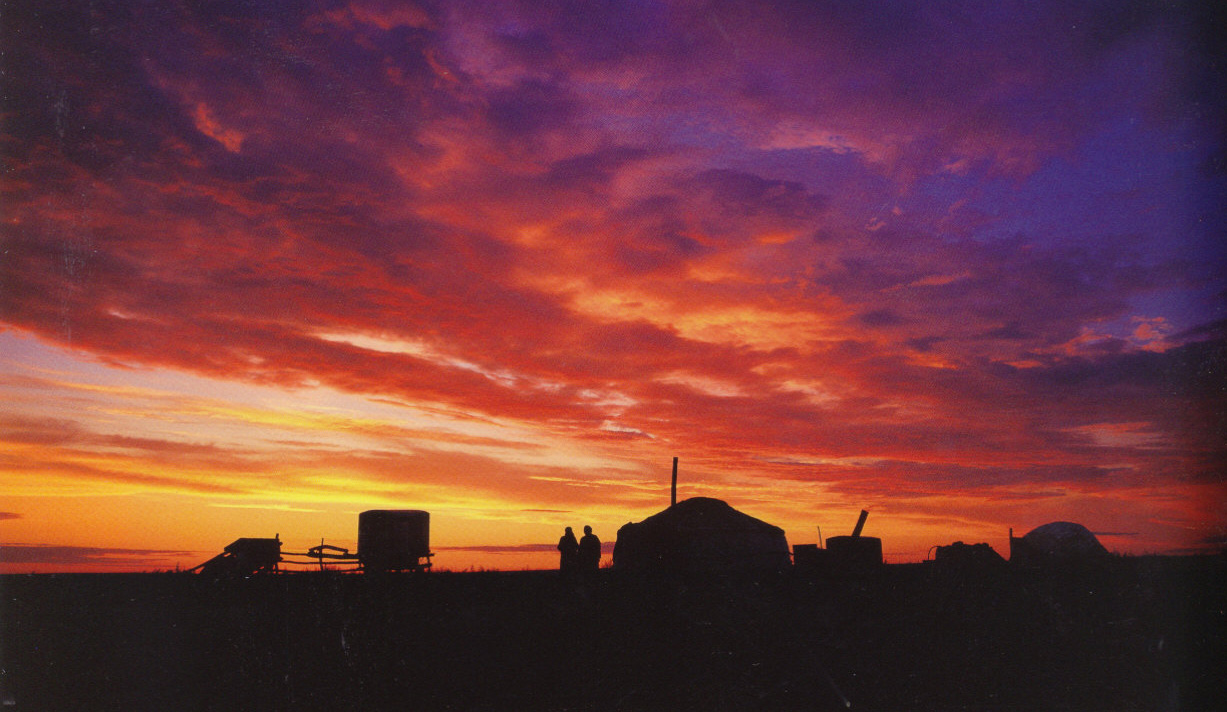
Zaheer: After the fall of Delhi on 1857 G, The sunset of great Mogul Empire and the world never saw its rays again. The great Mogul empire whose foundation was laid by Genghis Khan during the beginning of 12th century reached its frustrated end. The Indian Moguls were the last among the Mongolians to rule the world. This race had a great power but after the end of their empire in India, they were battered by the storm of persecution. Not only royal family but every person who had mogul blood in his veins was beat and commands of killing every mogul was given by British Government who deceived them in the name of East India Trading Company. This fall did not only effect moguls but to every person of the India but others survived easier than moguls. The mogul races in the India were up to much extend killed and those who survived were so badly dispersed that yet it’s hard for anyone to reach them. Most of the royal families were killed and few those survived in this storm showed up them on the basis of occupation for a long time. Few races of moguls during Humayan’s Era settled in different parts of Kashmir were safe. Few got shelter in different backward areasof India. Most of the moguls lost their identity and yet they have no idea and those who have idea are not same as their ancestors. Being in minority, their blood has yet same grace and power. They have same passion as their ancestors , same traits as their fore fathers. Everything in their blood is that of moguls because they are of course moguls but they are not united is the matter. Being in minority , no race can dare to compress them either challenge, beacause of the lack of their knowledge. They yet live like kings of their lives with no fear than their lord. But sadly, most of them have no idea of whom blood runs in them. They had their own culture which is lost with government. Now Moghul people have adopted the culture and civilization in which they are living.
Many other miner races now days claims to have moguls blood (They used to be known from their occupation since years ). The Indian Moguls have no such great identity in the India as they used to have but the heat of blood yet exist. They are mostly wise and have good posts in Government. They have even warrior mind and have good posts in army. Over all , this race has reached it’s most frustrated end in such sense that they lost their value of identity. Governments come and go but the wisdom of race , its qualities if lost than that’s worse loss. 80percent of them have no idea that who were their ancestors. This is all about current conditions of moguls in India and Pakistan as well as in Kashmir.
Ih Khaan Zaheer ud-Din ii hoichis bolson Ameer Zaheer Mogul ni dund surguulia tugsuud emch bolh hvseltei, tanin medehvid shimteh zaluuhan huu. Hediigeer tereer uuruu, mun aav, uvuu, elenc ni Mongol nutagt bish Enetheg, hojim Kashmir t bvh l amidralaa unguruusun ch Ih ezen Chigis khaanii cus biyed ni ursaj yavaag yamagt sanaj zvrh ni Mongol vndestnii tuluu cohilj yavdag ajguu. Amir n uvug eceg ni Mogul, Ih Britanii dainii vyeer ordnoos garch ami avragdaj chadsan baina.
Door Amir Zaheer n yailclagiin tovchiig toliluulj baina: 1857 ond Delhi hotiin tengrees nar svvliin udaa Ih Mogul ezent gvrend ilchee tvgeegeed jargajee.
Mogul n ezent gvrnii suuri ni 12 r zuuniig baildan daguulagch Chingis khaanaas vvseltei buguud setgel uvdum tvvheer undurlusun bilee. za naizuud aa daraa vldseniig ni yarij uguy, uuchlaarai
Thank you for your interview Amir, dear friend.
Sincerely, "Mongol Tuurgatnii Huraldai"
Hvndet zochin Amir mini, tanii yarilclagand talarhsanaa ilerhiiley.
Hvndetgesen, "Mongol Tuurgatnii Huraldai"
Survaljilsan Kherlen Borjigon, by Kherlen Borjigon
Oyunii Umchiig Huuliar Hamgaalna. All Rights Reserved



